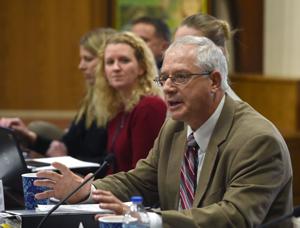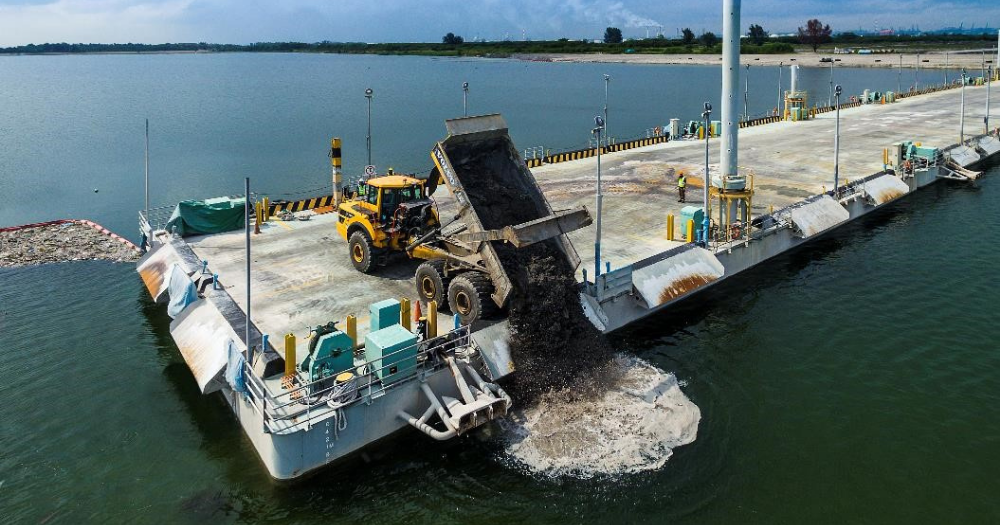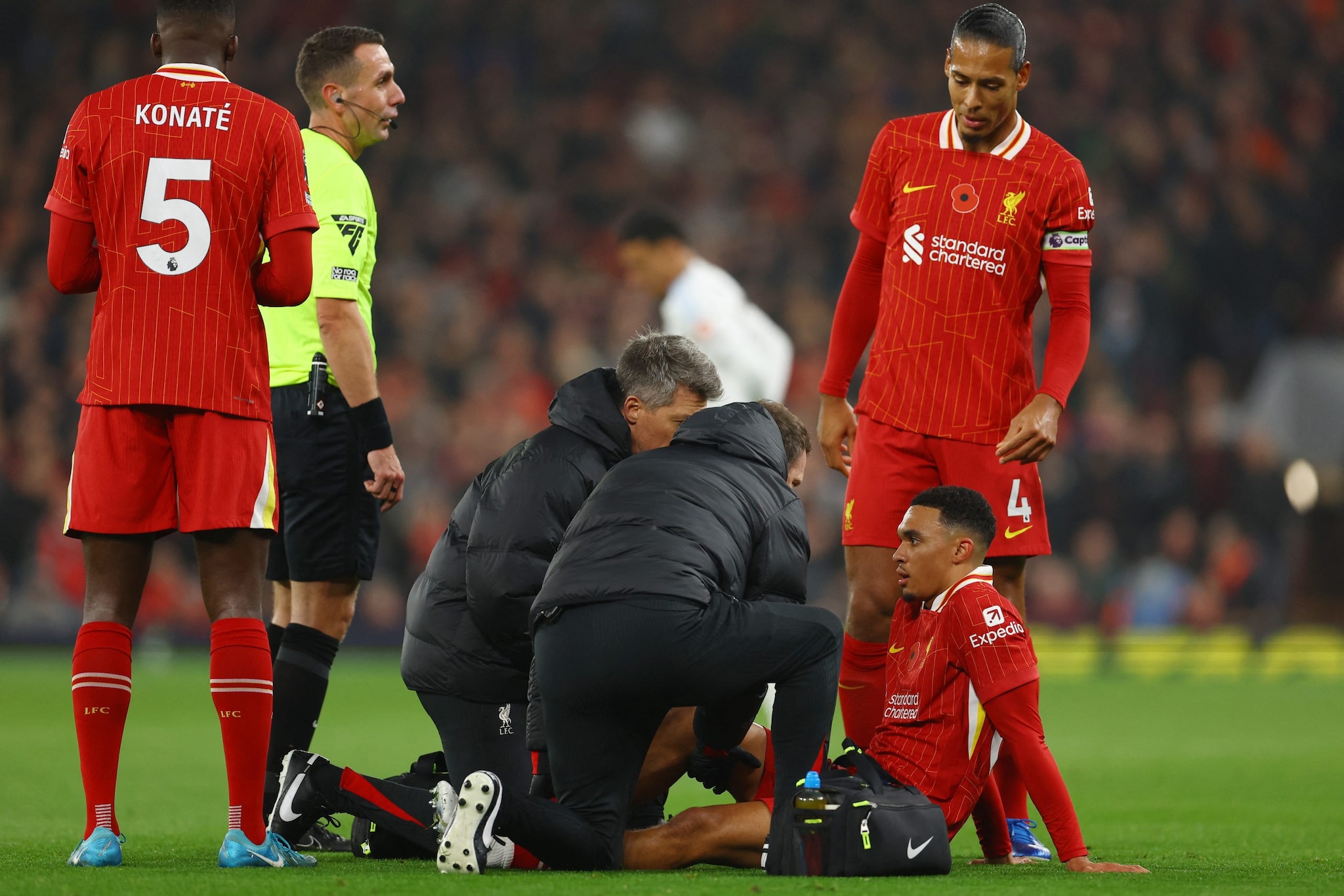
Division 1 of the Lidl Ladies National League again opens with a battle of the champions: Holders Armagh travel to All-Ireland senior winners Kerry this afternoon. Both sides are under new management. Mark Bourke takes the Kerry reins following the departure of Darragh Long and Declan Quill, while Darnell Parkinson and Joe Feeney are Armagh’s new joint managers.
The former Orchard footballers were part of Gregory McGonigle’s backroom team, and take charge following his decision to step down after a year. Kerry great Louise Ní Mhuircheartaigh was the standout retirement of the winter, but the Kingdom are , including All-Star goalkeeper Ciara Butler, Lorraine Scanlon, Hannah O’Donoghue and Emma Dineen, who are taking a year out. Kayleigh Cronin is AFLW-bound, but due to be involved for the league.

There have been less soundings out of Armagh. Blaithin Mackin is on board, despite her own AFLW commitments, while Aimee Mackin is on the road to recovery from a second ACL injury, and Caroline O’Hanlon is set to play for a remarkable 24th consecutive season. Kerry and Armagh aren’t the only two sides under different management.
Six of the eight Division 1 teams have new faces at the helm for 2025. Dublin is the most high profile of those, with Paul Casey and Derek Murray stepping up from the backroom to fill the void left by the long-serving Mick Bohan. “the best of both worlds — continuation and freshness” as they look to bounce back from their All-Ireland quarter-final exit.
Pat Sullivan has swapped Waterford for Kildare, succeeding Diane O’Hora in the Lilywhites’ hot-seat, while former Kerry goalkeeper Tomás Mac an tSaoir takes the Déise reins. Darren McCann is the new Tyrone manager, having previously worked with the county’s minors. He replaces Sean O’Kane.
Meath (Shane McCormack) and Mayo (Liam McHale) are the two counties with the same management. Both are looking to build in their second seasons in charge. Some sides will be looking to lay down a marker and lift early season silverware, others will be happy enough consolidating their Division 1 status and targetting the championship.
In the last three years, teams promoted from Division 2 have went on to win the top flight at the first attempt: Meath (2022), Kerry (2023), Armagh (2024). Kildare and Tyrone have made the jump this time around, the Lilywhites last year’s second-tier champions. Many would favour other sides to challenge at the top, but it’s difficult to make any definitive calls given the amount of change and transition.
Mayo and Meath may have a slight advantage given their continuation, but new managers and players will be looking to make their mark early on. Dublin haven’t exactly been frontrunners in the league — winning just two in their history, 2018 and 2021 — but they will be looking for a response after a disappointing 2024. Armagh won’t give up their crown easy, Kerry will be hungry for more, while Waterford have been the great Division 1 survivors.
Basically, anything could happen. The format changed last year, with two teams relegated to Division 2 rather than one, as was the case beforehand. Former Dublin manager Bohan only learned of the change in his TG4 pre-match interview before their opener, while , found out watching on TV.
In the end, two heavyweights dropped to the second tier. Cork were relegated for the first time since 2003, while Galway saw their 10-year stay in the top-flight come to an end. They later met in the All-Ireland semi-final — the Tribe prevailed to the decider — signifying just how open the competitions are.
A slow start will leave you on the back foot: last year, Galway didn’t get a win on the board until round five. Cork beat them in the opener but slumped to six consecutive defeats thereafter. Avoiding injuries, and panel strength and depth, is key as the threat of relegation hangs over everyone.
“It adds to the league, nobody wants to be the two teams that go down,” as Caldwell told last year. “There’s very little between the teams.” The men’s game is set for huge change with the , from two-point scores to three players in each half, and more.
There will be no such drastic changes in ladies football, the game remaining as it was in 2024. In recent years there have been calls for more contact and physicality, with refereeing inconsistency a source of frustration for some. Several managers stressed the need to define the tackle, which was labelled “ambiguous” in some quarters.
The charging rule has been subjective, with free-kicks often awarded differing ways in games. It will be interesting to watch how 2025 unfolds — whether there might be crossover potential for any of the men’s football new rules, or if the game is perfectly fine as is. Another thing to keep an eye on is the .
40 Irish players have been confirmed for the new season, with that number set to rise as the two championships move closer to clashing..















